You Mapped the Flow. But Missed the Journey.
Most teams optimize for the tap. The best ones design for what happens beyond the app. (Easy to remember it rhymes)
In-app flows trap you in a narrow view of user needs - and make you miss moments where users could say: “OMG, they actually thought about me!”
But outstanding experiences think about the full journey - especially the messy parts outside the app.
Let’s look at two examples that do get it right.
Design for users’ real lives
Let’s run with a “user is going to a concert” flow. Most will describe the flow like this:
When IRL it looks like this:
You might think the external steps are outside the domain of a tickets platforms. But the main actors in this industry saw these steps as opportunities to increase user satisfaction.
Stubhub sends their users a pre-concert email reminder to reserve a parking spot, which:
Reduces friction by eliminating a future stressor (“Where will I park?”).
Protects the purchase emotionally - no one wants to miss the opener because they were circling for a spot.
Appears right when users are still in planning mode, before logistics become a pain point.
The ability to enhance the user experience never ends even when the user is off-line. We’ve all been into a concert that are so jam-packed that it is impossible to get cell signal. So what does Ticketmaster do? Encourage users to save their ticket to Google Wallet, making sure it’s readable offline.
This move hits two things:
It reduces stress. No one wants to be that person holding up the line.
It shows empathy. Real-life environments don’t always match the ideal use case.
💡 Design for the worst-case scenarios, not just the happy path.
Many sorts of environmental circumstances could effect the user experience (and no, not just rain). Therefore Ticketmaster helps users with another scenario - when the event is in the daylight and it’s too bright to scan the QR code.
The purchase is only one moment. The experience is everything before and after.
💡Quick reminder - one newsletter isn’t enough to make you the greatest PM of all time, unfortunately it takes a while, so…
How to think like product geniuses? 🤯
Here are a few key questions to ask yourself:
1️⃣ The Environment: Is it noisy, crowded, or poorly lit? Is the internet spotty?
2️⃣ Physical & App Interaction: When do users switch between your app and real-world actions?
3️⃣ The greater flow: What happens before, during, and after users engage with your app? Do they jump to other apps in the process? When?
Answering these questions will help you create a seamless, user-friendly experience that truly integrates with your users’ real life.
Here’s a quick guide on how to illustrate it on Figma:
See you next week as usual :)
Yael




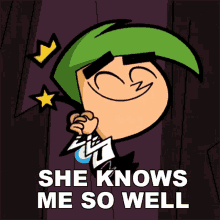
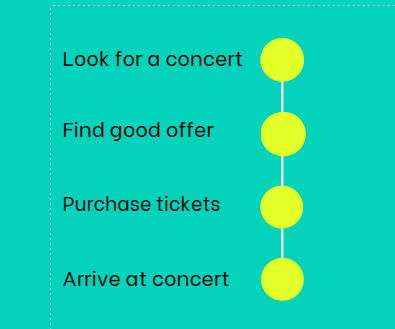
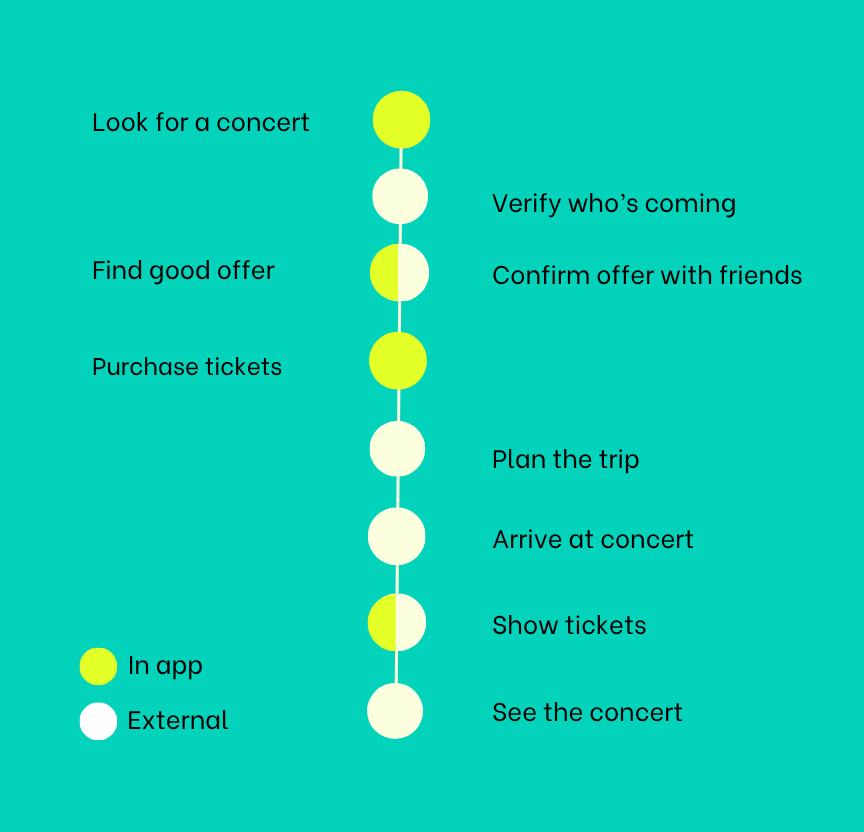
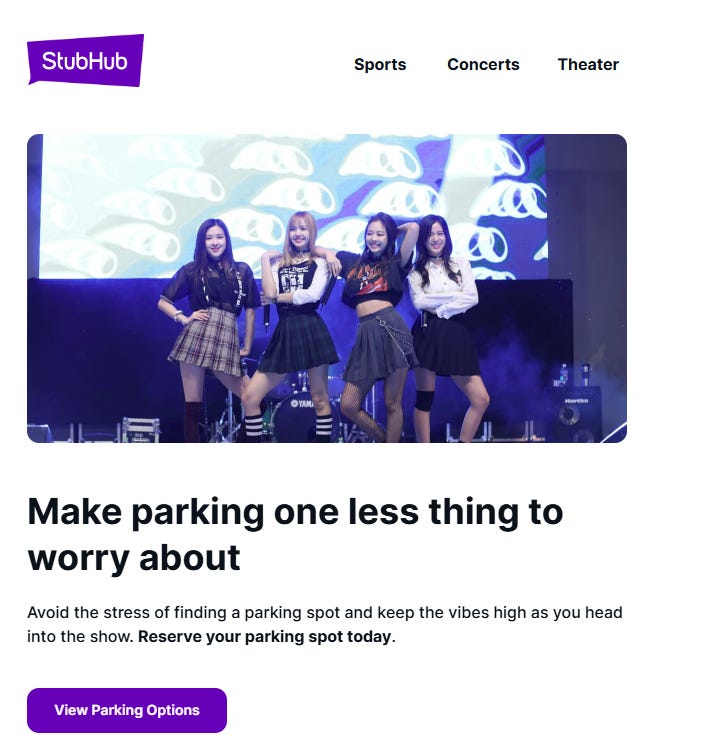
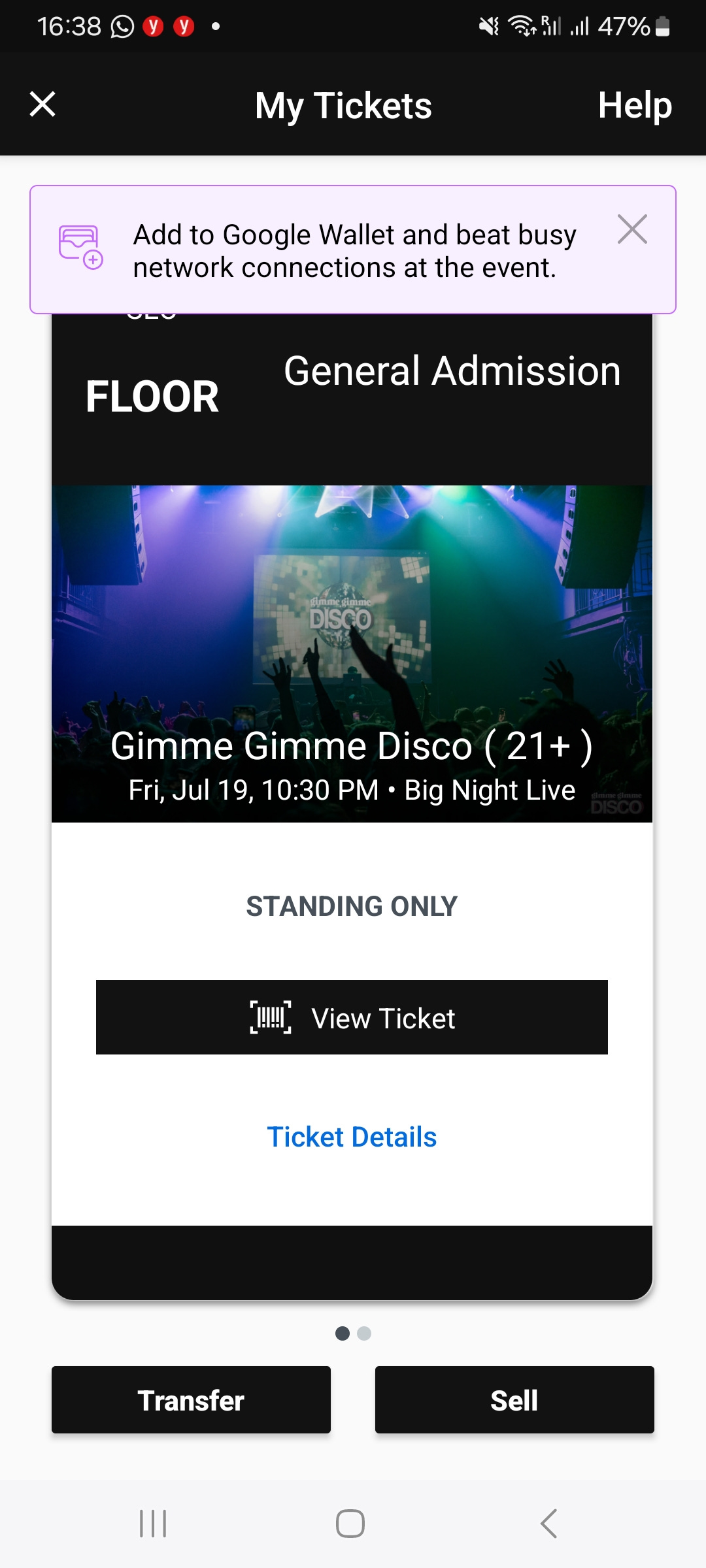
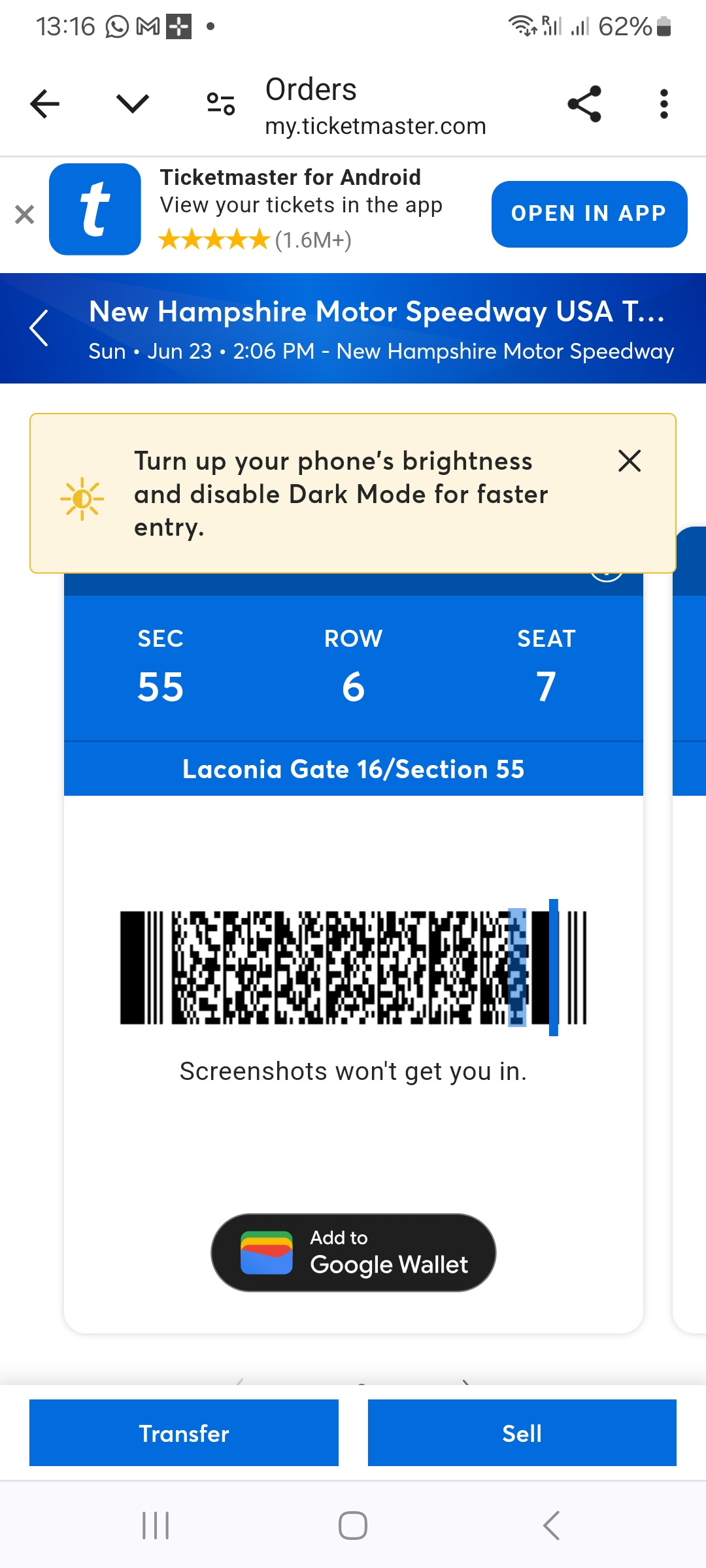
This article highlights an important distinction that I learned early on, and creates a great push and pull that makes design challenging:
- We design journeys, usually sliced into scenarios, and can try to account for everything, but this is not feasible to, desirable, or viable.
- An experience is a unique flow that is specific to a person/group, time, date, place and the millions of other parameters and variables. It can never be predicted, unfortunately, but also fortunately.
Thanks for another great article!😀